Undercooked Bacon and Brain Parasites: The Truth About Neurocysticercosis
Share IT

Launch Your Dream Website with Us!
Click Here to Get in touch with Us.
Categories
Neurocysticercosis
Unbelievably Found: Tapeworm larvae with undercooked bacon in the brain
Can you picture savouring a dish of crispy bacon and then learning that it may have included a parasite that made its way into your brain? This recent case illustrates the possible risks of undercooked pork—it’s not a horror movie scenario. This blog explores the relationship between neurocysticercosis, tapeworm larvae, and undercooked bacon.
Table of Contents

Taenia Solium, the Cunning Parasite, and the Path of Infection
The swine tapeworm Taenia solium is the source of this unpleasant tale. This parasite infects humans through the consumption of its eggs, which can contaminate undercooked meat, especially bacon. This is the course of the infection:
- Ingestion: Taenia solium eggs enter your body through your intestines when you eat undercooked pork that contains them.
- Hatching: The eggs hatch inside the intestines, releasing the larvae. The gut wall is penetrated by these microscopic larvae.
- Migration: The larvae can then move throughout the body after entering the bloodstream.
- Brain Invasion: Rarely, the larvae manage to enter the brain and become embedded in the brain tissue.
The Quiet Danger: An Overview of Neurocysticercosis Symptoms
The larvae create cysts, or fluid-filled sacs, when they land in the brain. These cysts, depending on their size, location, and quantity, can be quite damaging. The illness brought on by these cysts, known as neurocysticercosis, can present with a variety of symptoms, such as:
- Headaches (usually intense and enduring)
- Convulsions
- lightheadedness
- Cognitive issues (disorientation, memory issues)
- issues with vision
- Limb weakness or paralysis
- elevated cerebral pressure, or hydrocephalus
The quantity and location of cysts affect how severe the symptoms are. Some people may have crippling neurological issues, while others may not exhibit any signs for years.
The Case that Raised Suspicion: Suspect Bacon That Was Undercooked
Concerns concerning the connection between undercooked bacon and neurocysticercosis were raised by a recent case study that was published in the medical news. The case was a man who, it was later discovered, suffered from chronic headaches as a result of a parasite infestation in his brain. The man had reportedly consumed uncooked bacon on a regular basis, which led doctors to believe that this was the cause of his ailment.
Crucial Point to Remember:
This is not often the case. Most folks who don’t mind the odd piece of undercooked bacon are not likely to run this danger.
Keeping hands clean after handling raw pork is one of the most important hygiene habits to follow in order to prevent infection.
There are more ways to become infected, such as through inadequate sanitation in Taenia solium-endemic locations.
Taking Self Care Measures to Avoid Neurocysticercosis
Even while the most recent instance raises the possibility of danger, there are steps you can take to drastically lower your chance of infection:
- Cook Pork Completely: As advised by food safety regulations, always cook pork products, including bacon, to a safe internal temperature. A safe internal temperature for complete pork slices, such as pork chops, is 145°F (63°C). An much higher temperature of 160°F (71°C) is needed for ground pork.
- Maintain Good Hygiene: Before making any other food, thoroughly wash your hands with soap and water after handling raw pork.
- Proceed with Caution: When visiting regions with elevated prevalence of Taenia solium infection, use caution when ingesting undercooked pork and adhere to stringent cleanliness protocols.
In summary: knowledge is power.
The latest incident should serve as a reminder to follow proper food safety procedures, especially when handling raw pig. You can greatly lower your risk of contracting this uncommon but potentially dangerous parasite infection by taking these easy steps and practicing excellent hygiene. For an accurate diagnosis and course of treatment, speak with a healthcare provider if you are experiencing chronic neurological symptoms or have any concerns regarding possible exposure.

Launch Your Dream Website with Us!
Click Here to Get in touch with Us.

























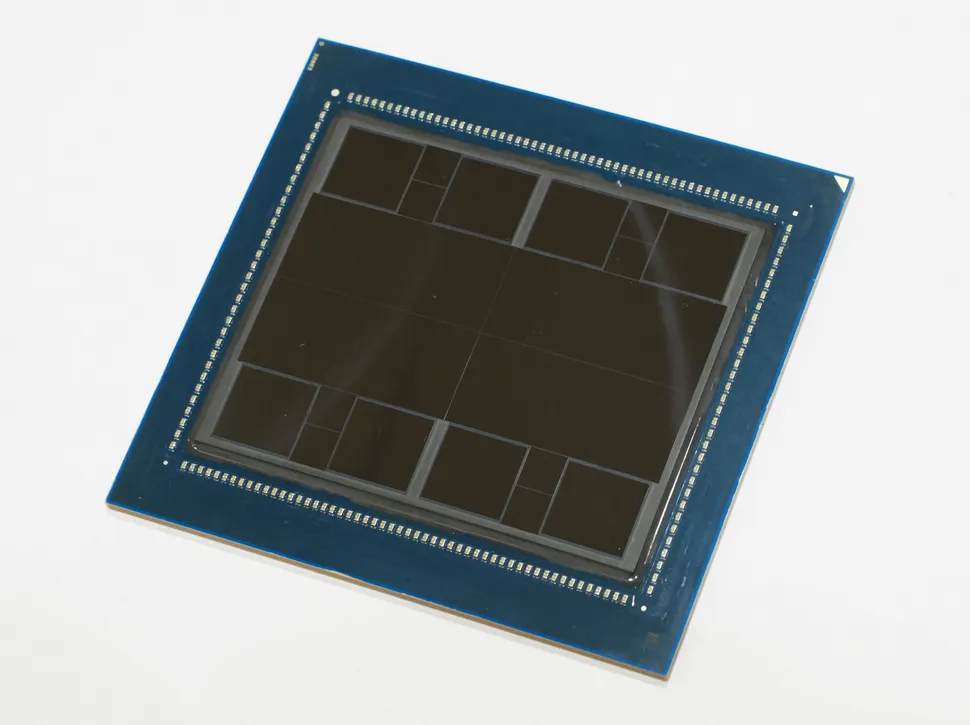










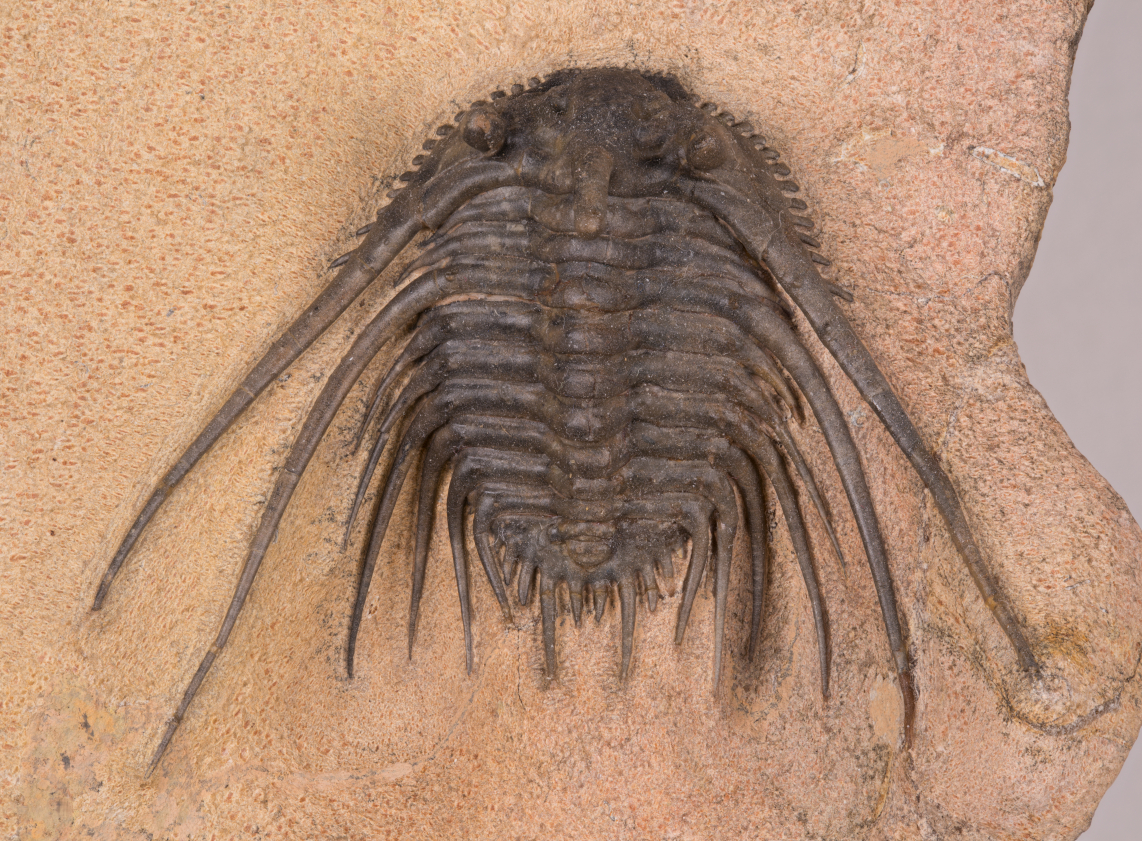



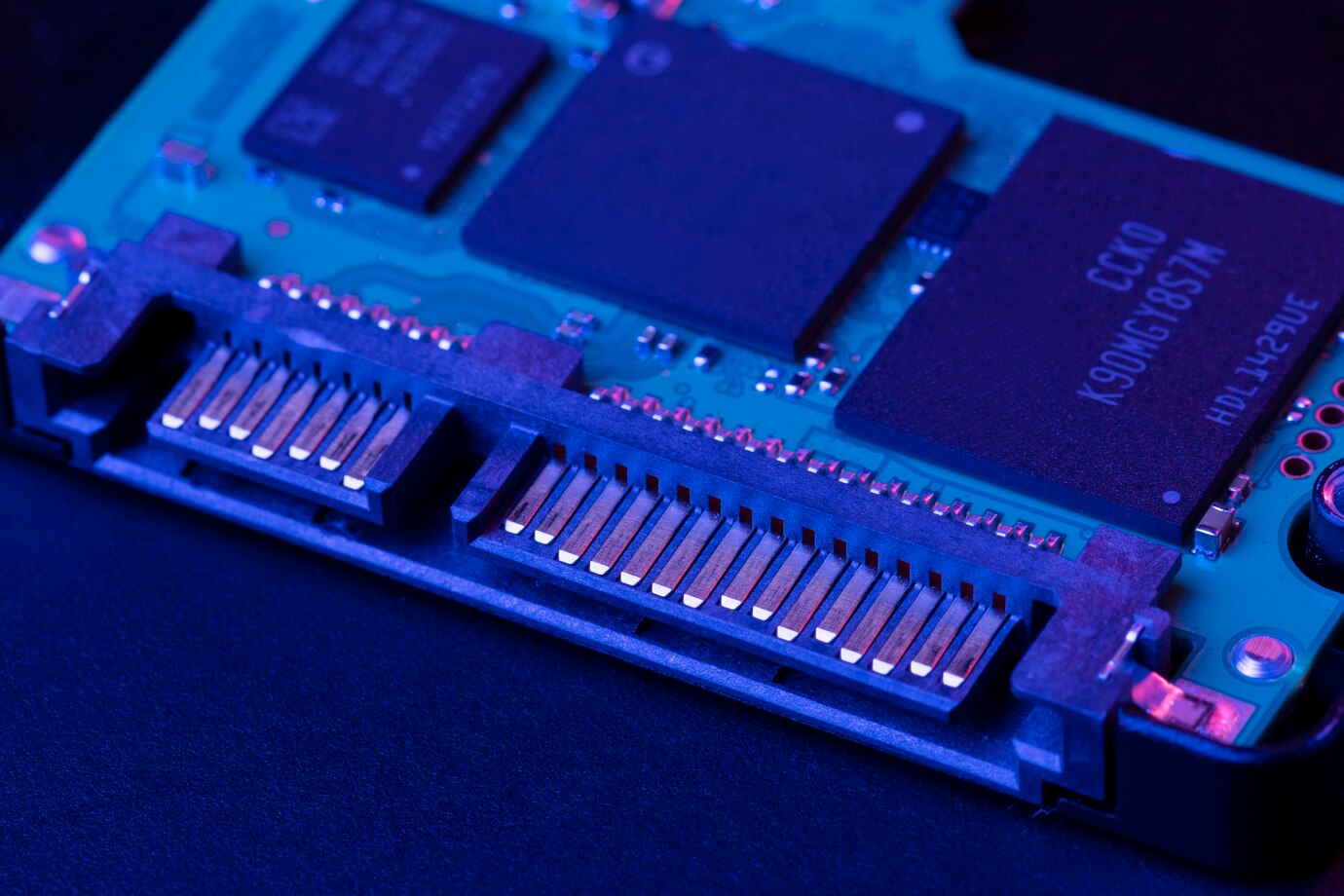





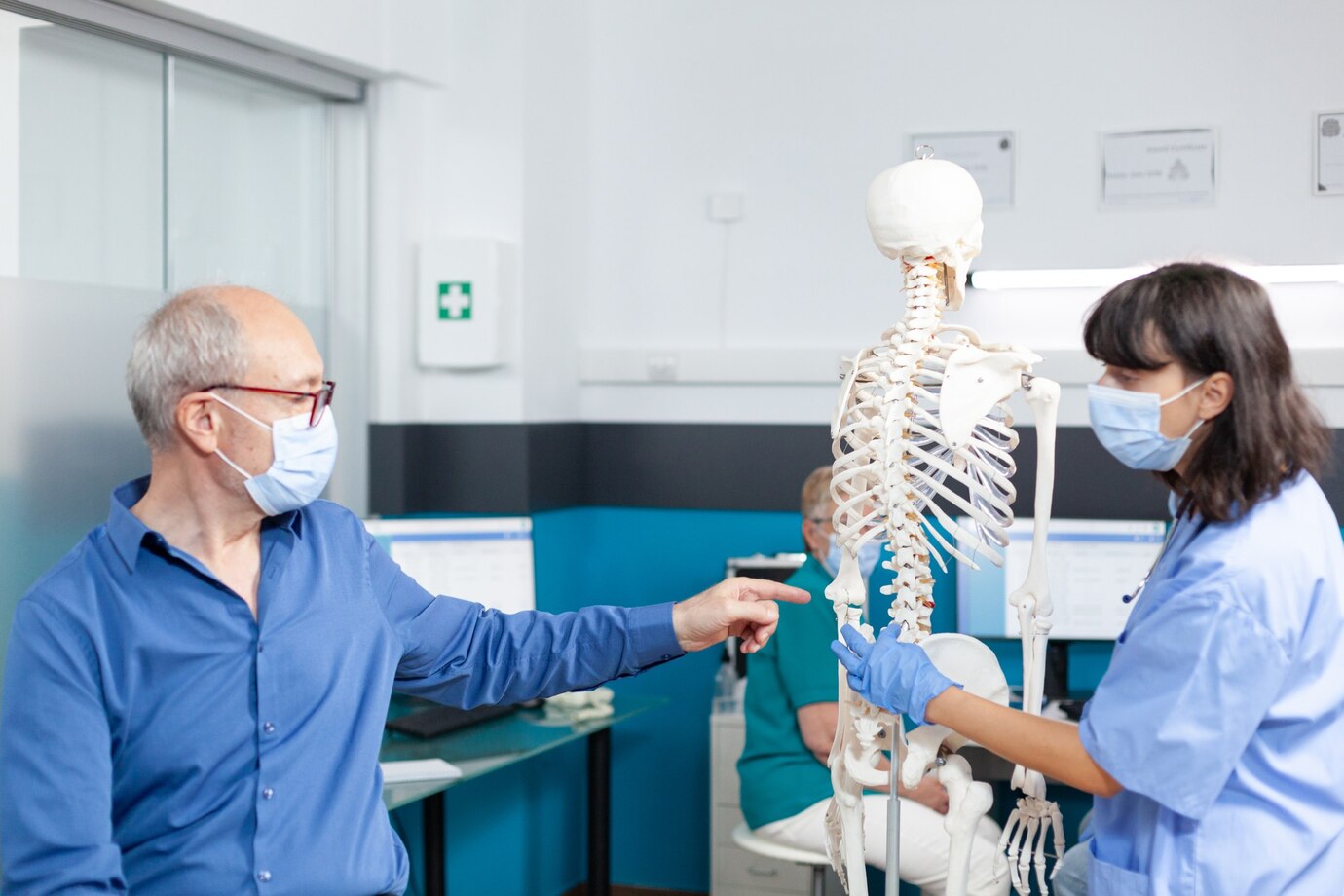

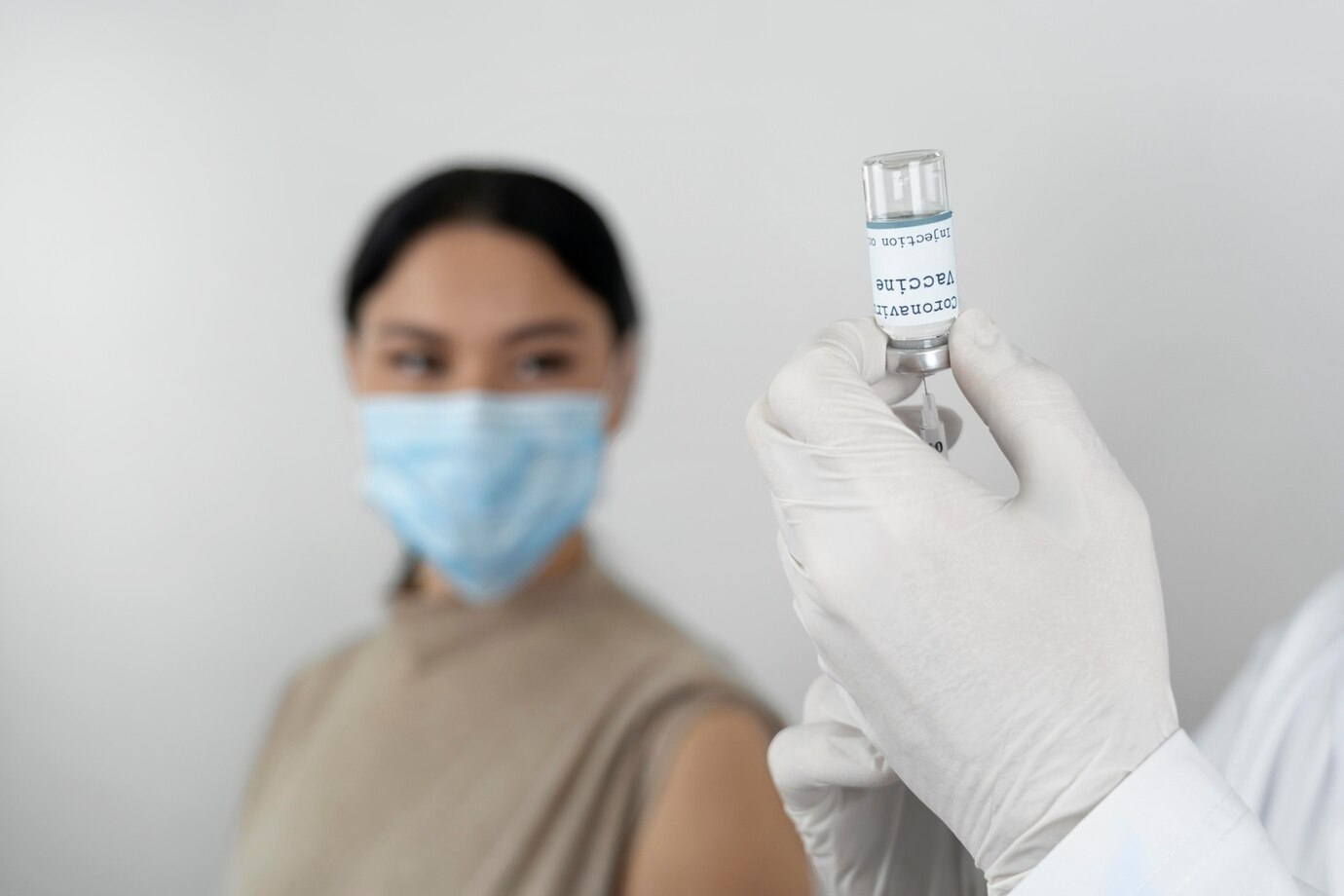












Recent Comments